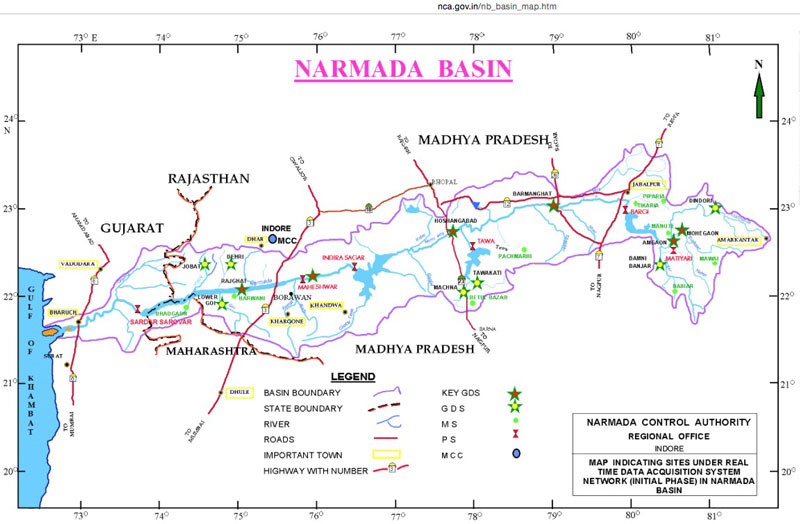The clip is called Setu, meaning bridge and features Jeetendra Vasava, a young writer belonging to the Narmada region in south Gujarat. Jeetendra speaks Dehwali, a tribal language spoken in regions of south Gujarat and northern Maharashtra.
Jeetendra is a faculty member at the Adivasi Academy, Tejgadh. In the clip he speaks of oral traditions, the relationship of adivasi life with nature, the gaps between tribal literature, knowledge systems and the academia and ‘written’ literature and above all, his own journey as a writer.
Jeetendra has done his post graduation in Gujarati Literature and aspires to study for his doctorate in adivasi literature. He is a poet and writes in Gujarati and Dehwali. His writings include poetry, reflective articles on adivasi education and development.
He has founded two magazines: Lakhara (meaning writer of the pithora painting in the Bhili language), a literary magazine brought out annually carrying contemporary writings from adivasi communities in western India, all in the Devnagri script. The second magazine is Purvapara in Gujarat which is based on tribal education.
The clip concludes with a description of Bhasha’s publishing activities and role in Gujarat’s general education system.
Source: message by Sonal Baxi, Bhasha Research and Publication Centre (Vadodara, Gujarat), 8-12-2012 – bhasharesearch.org
“The tribal world and the tribal way is complete in itself.” – Mahasweta Devi quoted by Gopalkrishna Gandhi in “Swearing by Mahasweta” (The Hindu, 6 August 2016)

Memories of life in a remote Bhil hamlet on the Narmada river >>
“Those displaced, who are the Scheduled Tribes, belong to the Bhil, Bhilala, Pavra, Tadvi, and Vassawa ethnic groups [of] Gujarat, Madhya Pradesh, and Maharashtra.”
Source: Development and Dispossession in the Narmada Valley >>
Related posts
- More about the Adivasi Academy & Museum of Adivasi Voice at Tejgadh
- Literature – fiction
- Video | Adivasi pithora artist Desing Rathwa
- Video | A conversation with Pradeep Marawi – Gondi artist from Bhopal
- Video | A workshop for tribal children by Balu Diwa – Warli artist from Maharashtra
Tips for using interactive maps
Toggle to normal view (from reader view) should the interactive map not be displayed by your tablet, smartphone or pc browser
For details and hyperlinks click on the rectangular button (left on the map’s header)
Scroll and click on one of the markers for information of special interest
Explore India’s tribal cultural heritage with the help of another interactive map >>